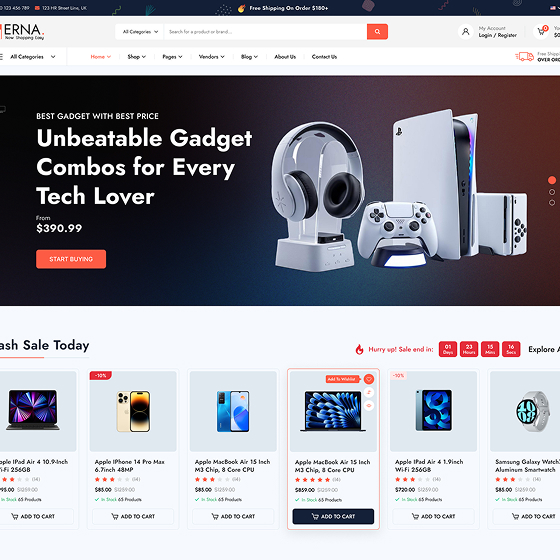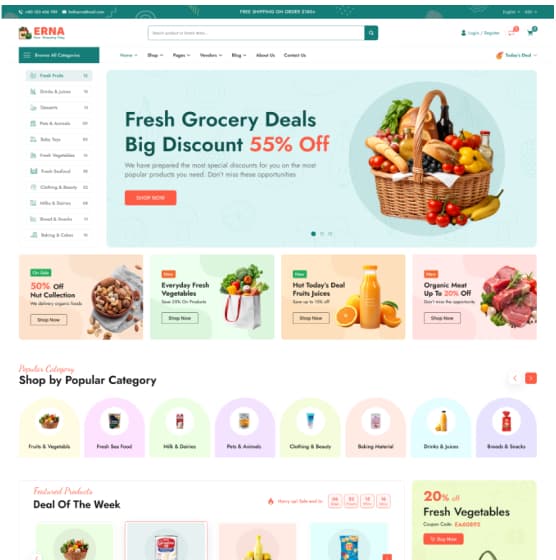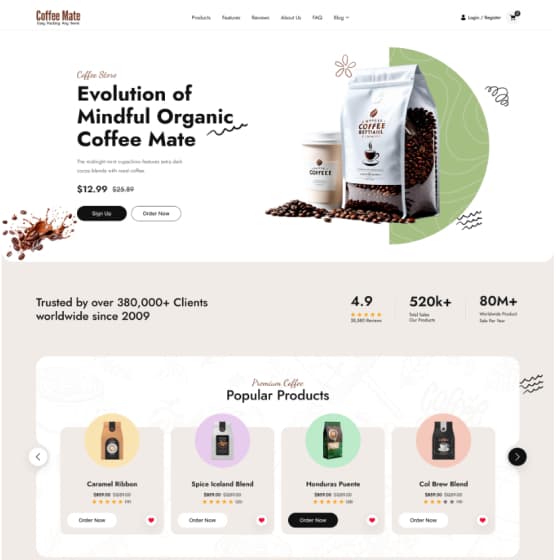Subtotal 0.00$
Continued advancements in technology will further change how fashion is created, marketed, & consumed. Virtual reality, artificial intelligence, and blockchain are expected to play significant roles. Fashion is heavily influenced by cultural movements, social changes, and historical events. For example, the 1960s saw the rise of the hippie movement, which brought bohemian styles to the forefront. Public figures and social media influencers have a significant impact on fashion trends. Collaborations between celebrities and brands are common. Affordable, trendy clothing that is quickly produced and brought to market to meet current consumer demands. Brands like Zara and H&M are known for this model.
Growing awareness and demand for sustainable fashion are pushing brands to adopt eco-friendly materials and ethical manufacturing processes. For example, the 1960s saw the rise of the hippie movement, which brought bohemian styles to the forefront.
Michel Clarck
Major cities like Paris, Milan, New York, and London host biannual fashion weeks where designers showcase their latest collections. Events like Pitti Uomo and Magic Las Vegas are important for networking and discovering new trends and products. The rise of online shopping, social media. Innovations like 3D printing, smart textiles, and virtual fitting rooms are transforming how fashion is designed, produced, and sold.



The fashion industry saw rapid changes, influenced by cultural movements, technological advancements, and global events. Iconic designers like Coco Chanel, Christian Dior, and Yves Saint Laurent left lasting impacts. Today, fashion is a global industry with designers and brands from all over the world contributing to a diverse and dynamic marketplace. Major cities like Paris, Milan, New York, and London host biannual fashion weeks where designers showcase their latest collections.






